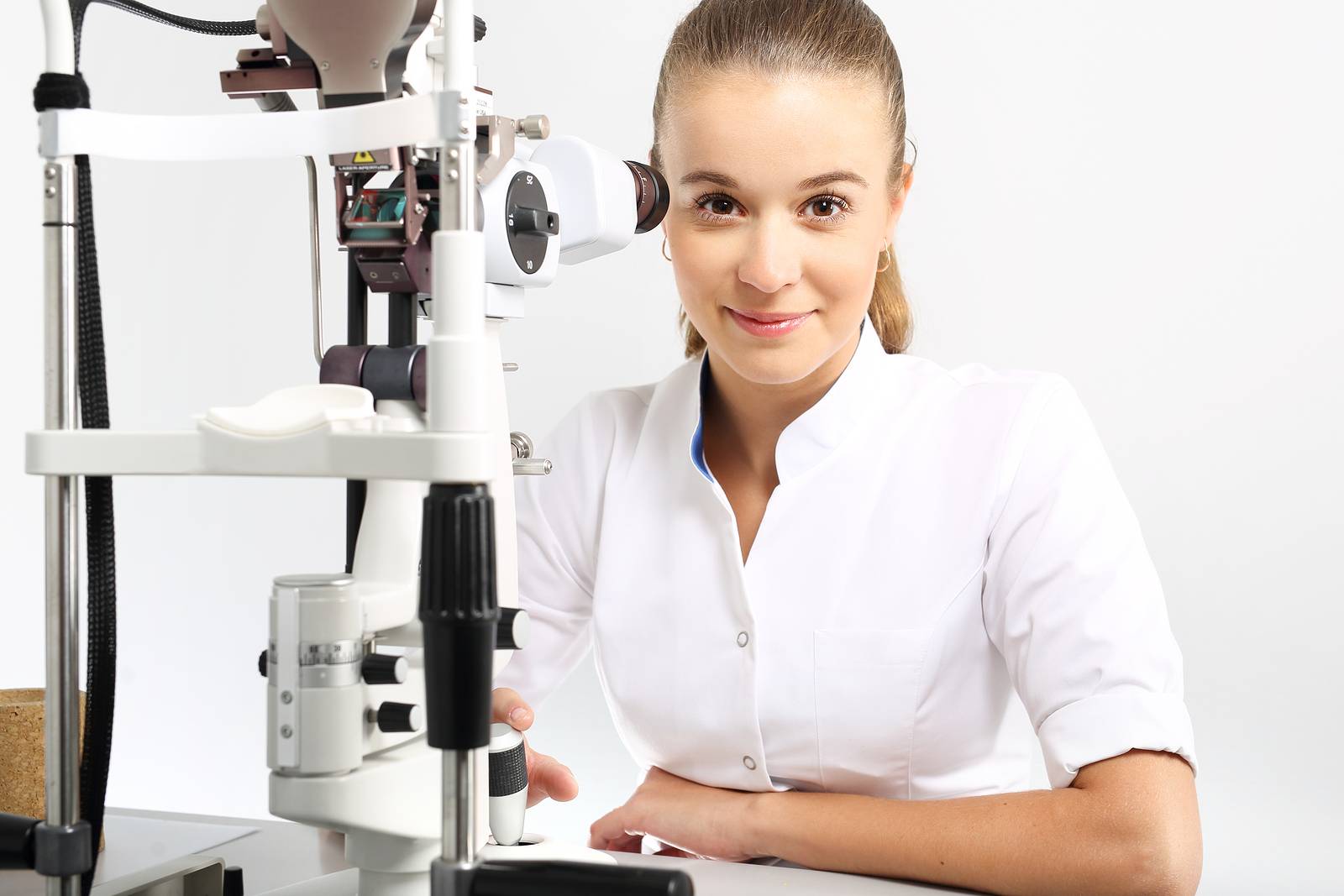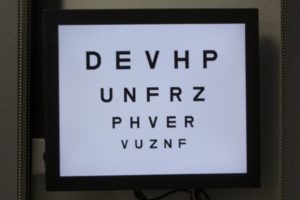Emergency Eye Problems Things To Know Before You Get This
Table of ContentsComprehensive Ophthalmology Can Be Fun For AnyoneThe 9-Second Trick For AmblyopiaAdult & Paediatric Eye Surgery Can Be Fun For EveryonePaediatric Ophthalmology Things To Know Before You Get This
Eye doctors are medical doctors who specialize in the medical diagnosis as well as treatment of eye and also vision problems. These 3 types of eye treatment professionals have instead similar-sounding names and overlapping job descriptions.They can not offer eye tests, write prescriptions, or identify or treat eye troubles. can analyze your eyes, examination your vision, suggest glasses or calls, and also identify and deal with numerous eye disorders as well as illness. They are not clinical doctors or cosmetic surgeons however can prescribe particular eye-related drugs (https://bit.ly/3uneYVL). likewise provide eye examinations, vision screening, and prescriptions for glasses or contact lenses.

Eye doctors detect as well as deal with injuries, infections, diseases, and also problems of the eye. Treatments can include medicine taken by mouth (by mouth) or topically (in the eye), surgical procedure, cryotherapy (freeze therapy), as well as chemotherapy (chemical treatment). Eye doctors participate in clinical institution then get a number of years of specialty training in the clinical as well as medical care of the eye.
Emergency Eye Problems for Dummies
As they are the only physician who can deal with all eye problems, ophthalmologists see a wide range of eye conditions, consisting of: Just how often should you have an eye test? What are signs that indicate you may have an eye problem that requires to be examined by an ophthalmologist? The American Academy of Ophthalmology advises: As youngsters's eyes are growing and transforming quickly, they need to get a vision testing.
Grownups that have healthy eyes and also exceptional vision must have four detailed eye tests: one in their 20s, 2 in their 30s, and one at age 40. These check-ups might allow the ophthalmologist to capture an eye illness or vision adjustments early on. By the time you observe symptoms, you might already have some vision loss (EYE CHECKS).

Individuals who go to a higher risk of eye illness might require to get an eye exam regularly. This can consist of people with diabetes, high blood stress, or a household history of eye problems - CONJUNCTIVITIS. After age 65, your eyes must be examined every one to two years. Despite age, individuals that put on get in touches with ought to have a total eye test annually.
Your view depends on seeing the right eye medical professional at the best time. When it's time to "get your eyes examined," make sure you are seeing the ideal eye treatment expert for your needs.
The Ultimate Guide To Paediatric Ophthalmology

is a clinical or osteopathic physician who specializes in eye as well as vision treatment. Eye doctors vary from eye doctors and opticians in their levels of training and in what they can identify and treat (https://forum.vcfed.org/index.php?members/drcrlinecatt.72788/#about). As a medical doctor who has actually finished college and also a minimum of eight years of added medical training, an ophthalmologist is licensed to exercise medicine and surgery.
Many eye doctors are additionally included in scientific research on the causes as well as cures for eye conditions and also vision problems. SUBSPECIALISTS: ADDITIONAL EXPERTISE AND TRAINING FOR DETAILS EYE NEEDS While eye doctors are educated to take care of all eye problems as well as conditions, some Eye M.D.s focus on a particular location of clinical or surgical eye treatment.
She or he normally completes 1 or 2 years of additional, a lot more thorough training called a fellowship in among the main subspecialty locations such as glaucoma, retina, cornea, pediatrics, neurology as well as cosmetic surgery, as well as others. This included training and knowledge prepares an ophthalmologist look after even more complicated or details problems in specific areas of the eye or in particular teams of individuals.
An optometrist is not a clinical physician. An optometrist obtains a doctor of optometry (OD) level after completing four years of optometry institution, preceded by three years or more years of college. They are certified to exercise optometry, which primarily involves performing eye tests and also vision tests, recommending as well as dispensing corrective lenses, identifying specific eye problems, and also suggesting medications for specific eye illness.
4 Simple Techniques For Adult & Paediatric Eye Surgery
They utilize prescriptions provided by eye doctors or optometrists, yet do not check vision or create prescriptions for aesthetic improvement. Lens are not allowed to identify or treat eye diseases. Most of us depend upon our vision in more methods that we might understand. Without healthy and balanced vision, our capability to work, play, drive and even identify a face can be significantly impacted.
Having a family member with eye disease can make you more prone to having that condition as well. Sight-stealing eye disease can appear at any moment. Extremely frequently they are undetectable in the beginning as well as are challenging to discover. That's why it is so crucial to see an ophthalmologist for a full clinical eye exam by age 40, and afterwards as usually as suggested by your Eye M.D.
If you have any one of these, be sure to go to an ophthalmologist. A complete, medical eye examination by an Eye M.D. might be the first step toward conserving your sight. Bulging of one or both eyes; Dark curtain or veil that blocks your vision; Lowered vision, even if temporary; Diabetes mellitus; Distorted vision; Dual vision; Excess tearing; Eyelid irregularities; Family background of eye condition; Halos (tinted circles around lights); High blood pressure; HIV or AIDS; reference Injury to the eye; Loss of outer (side) vision; Misaligned eyes; New drifters (black "strings" or flecks in the vision) and/or flashes of light; Pain in the eye; Thyroid disease-related eye troubles (Graves' disease); Uncommon red eye.